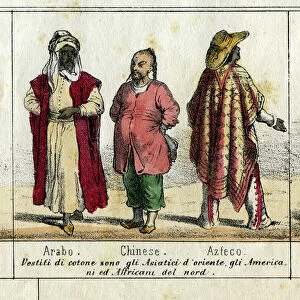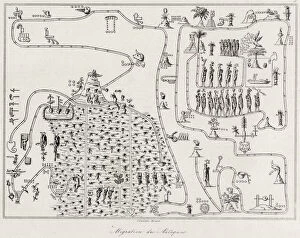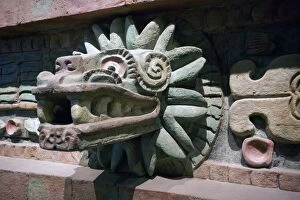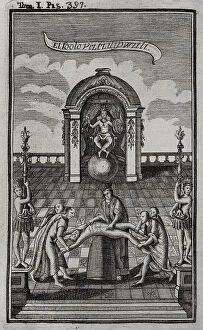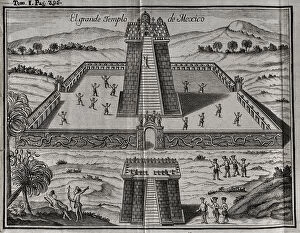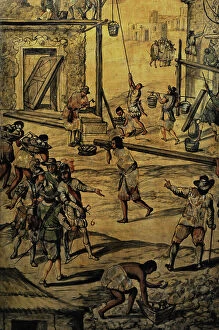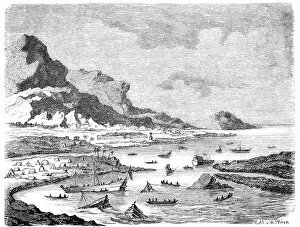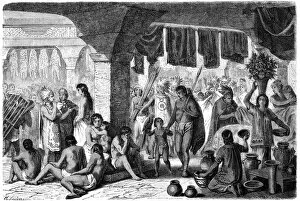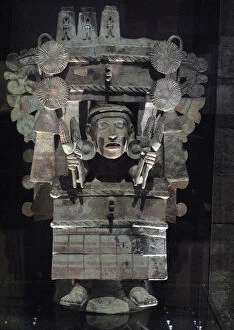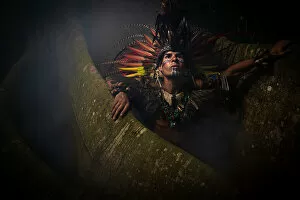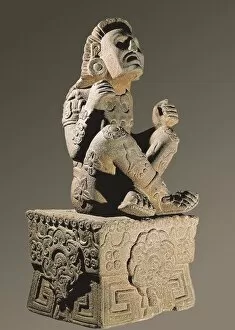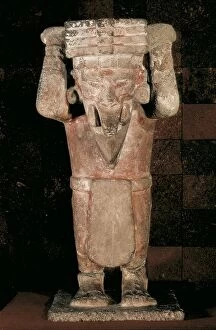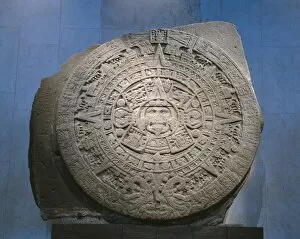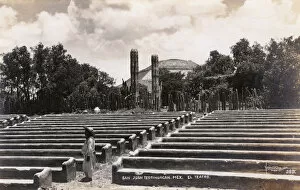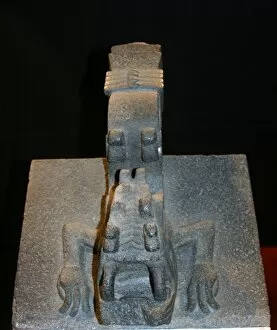Mexica Collection
"Exploring the Rich Heritage of Mexica: From Mexico City to Ancient Temples" Step into the vibrant world of Mexica
For sale as Licensed Images
Choose your image, Select your licence and Download the media
"Exploring the Rich Heritage of Mexica: From Mexico City to Ancient Temples" Step into the vibrant world of Mexica, an ancient civilization that thrived in what is now Mexico City. Marvel at the iconic Quetzalcoatl Snake, a symbol of wisdom and rebirth, which was revered by the Mexica people. Discover their devotion to Idol Vitzliputzli (Huitzilopochtli), the fierce Mexican deity associated with war and sun. One cannot miss The Great Aztec Temple at Tenochtitlan, a magnificent structure that stood as a testament to Mexica's architectural prowess. It served as a spiritual center for ceremonies and rituals, leaving visitors awe-inspired even today. The Conquest of Mexico marked a turning point in Mexica history when Spanish conquistador Hernan Cortes arrived on these shores. Witness his arrival through historical accounts and imagine the clash between two worlds. Intriguingly, Xochipilli emerges as an enchanting figure - the Mexica deity of love, games, and beauty. Explore how this god played a significant role in shaping cultural practices during ancient times. Delve into history with the 1704 Gemelli Map of the Aztec Migration, offering insights into how this civilization came to settle in present-day Mexico City. Trace their journey across vast lands through this captivating artifact. Marvel at intricate incense burners shaped like gods such as Tlaloc or goddesses like Chicomecoatl - symbols representing various aspects of life cherished by Mexica society. These artifacts provide glimpses into their religious beliefs and agricultural practices. Uncover one fateful decision made by Cortes himself - after landing on mainland soil; he ordered his fleet destroyed. This bold move demonstrated his unwavering commitment to conquer new territories while leaving no room for retreat or surrender. Embark on an immersive journey through time as you explore all facets culture.

